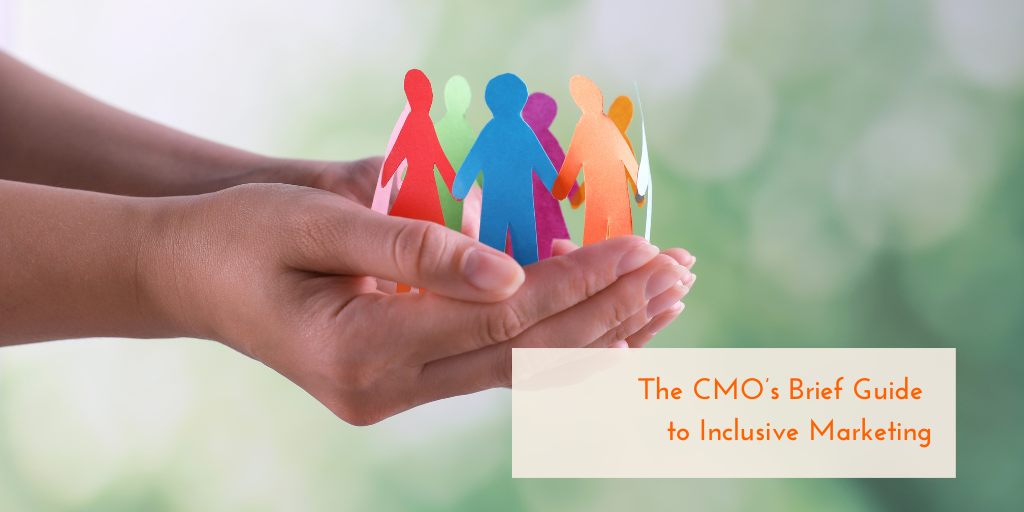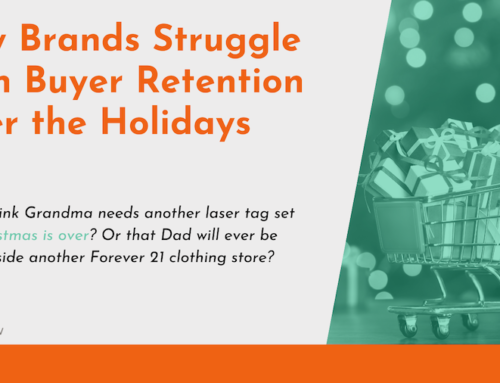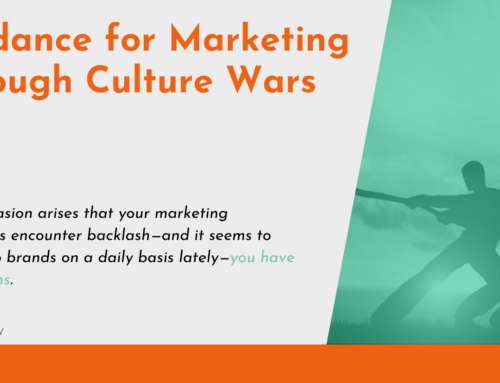
It’s almost 2024. If you’re not exploring opportunities for more inclusive marketing, you can be sure you’re very, very far behind your competitors. People want to see themselves in the marketing messages they receive every day. When they don’t, they assume the products and services offered aren’t for them.
No one spends money on products and services that aren’t for them. How much revenue have you lost out on by ignoring inclusivity? This brief guide will get you started down the path toward more inclusive marketing.
Examine Buyer Personas
Before developing an inclusive marketing strategy, examining your buyer personas is key. Who buys your product or service? What do they look like? What do they sound like? How do they like to spend their time.
Knowing your buyers inside and out will help you avoid faux pas that result in viral content for all the wrong reasons.
Check Your Messaging
Your messaging should sound like your buyers. That’s the long and short of it. Language choices should match those your buyers use on a daily basis. If you have a diverse range of buyers, your messaging should grow to encompass them.
Keep in mind that some phrasing, such as “You guys” to indicate everyone, could end up excluding a large segment of buyers—such as women in this case. You may also use slang in an effort to include everyone, only to discover the words you’ve used have origins that could exclude a portion of your buyers.
Other words and phrases that still sometimes appear in marketing content due to a general lack of knowledge on the part of the marketer include:
- Rule of thumb
- Crazy
- Lame
- Grandfather clause
- Circle the wagons
If you’re not sure why these words might offend potential buyers, take some time to research them. Better to understand their origin now than to risk offending even one of your prospects.
Improve Your Imagery
How inclusive is the imagery you use for your brand? If you haven’t taken the time to audit the photos, illustrations, and videos that market your products and services to ensure proper inclusion, then now is the time to do so.
Again, keeping your buyer personas in mind, make sure the images you use mirror those buyers. How are they interacting with each other, your products, and your brand as a whole?
You may be shocked to find that your imagery hasn’t been inclusive to your brand targets, or at least inclusive enough. Even with imagery that includes a large section of your buyers, you could be leaving many out.
Your Next Steps Toward Inclusiveness
An audit of your marketing materials and assets is just the beginning. To ensure that inclusivity is an ongoing process and not a one-time effort, you’ll need to take the following steps.
Listen: When someone voices concern or frustration because of your marketing messaging or imagery, listen to them. We don’t have all the answers. Some consumers are still finding their voices. Be ready to hear when they speak.
Empathize: Listening is useless if you don’t put yourself in the speaker’s shoes. Try to feel what the person describes. How would you feel if you faced marketing messaging that didn’t take your experiences into account?
Act: This is the real kicker here. If you listen and feel but never do anything about it, then your hard work is for nothing. Be ready to act. Commit to that action. Understand that further action maybe necessary in the future.
These final steps are crucial to true inclusivity. And, because we market to build a bigger bottom line, you must understand that inclusive marketing is good for your business. If you’d like to explore options for more inclusive marketing, don’t hesitate to reach out. We’re here to help.





